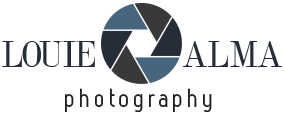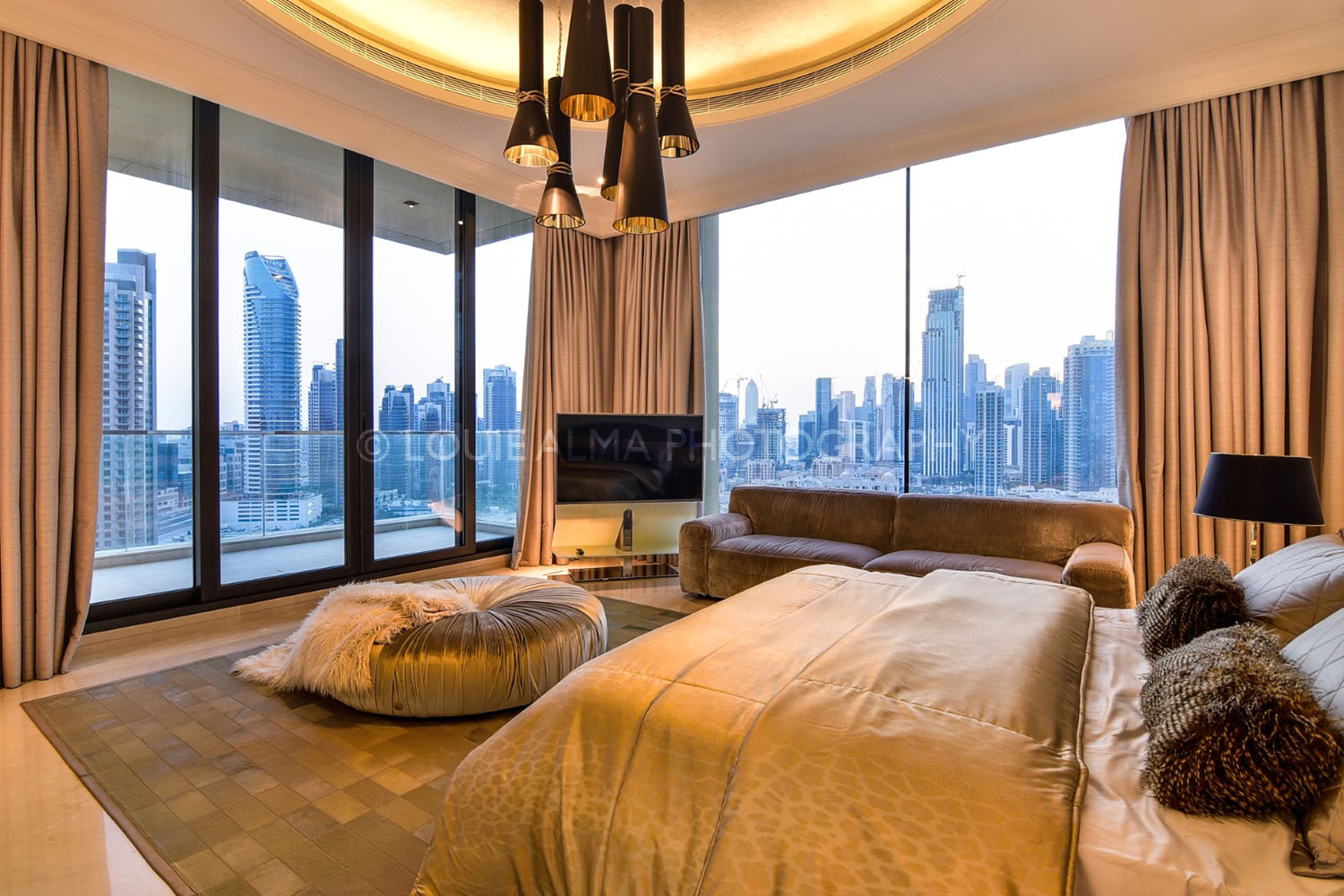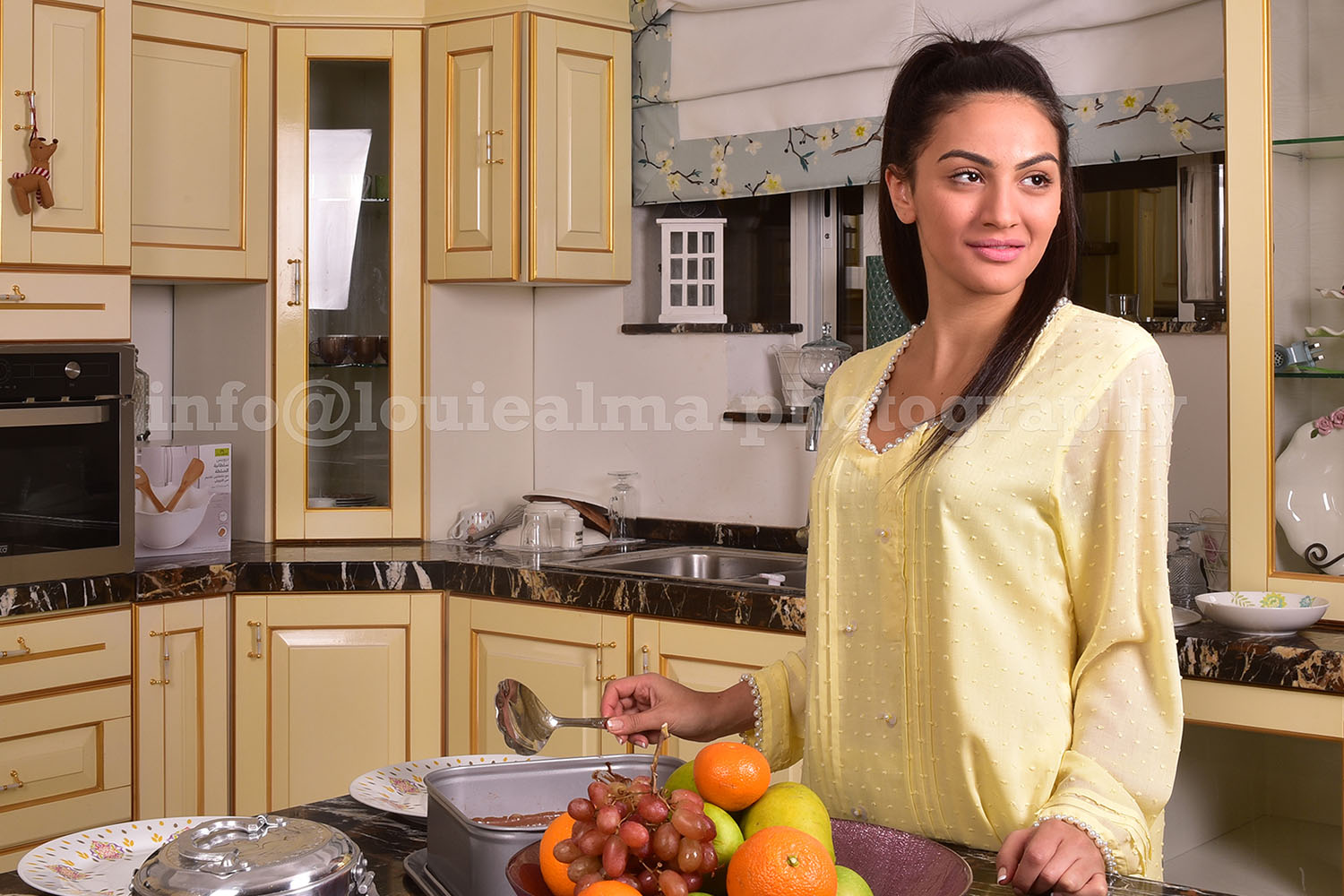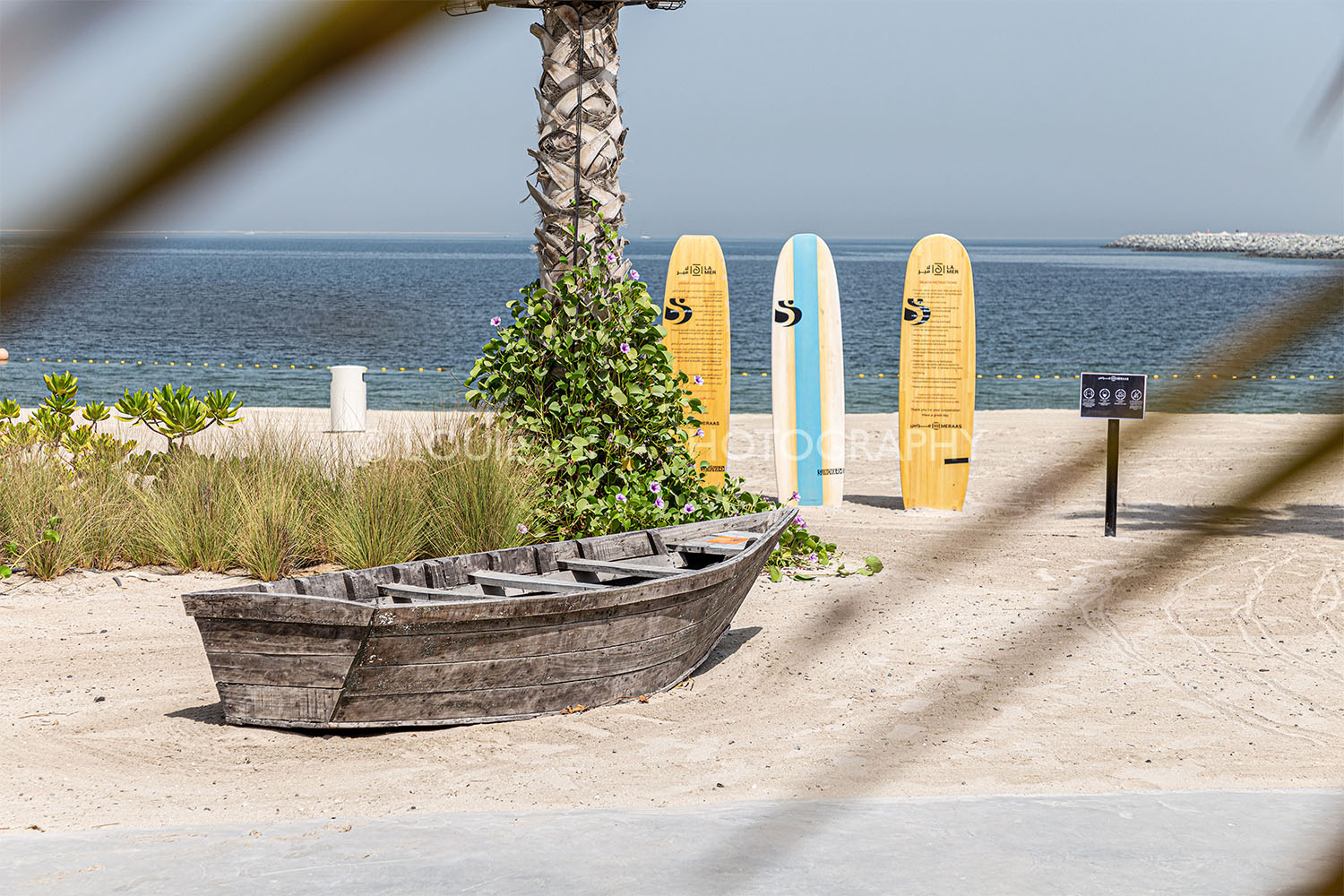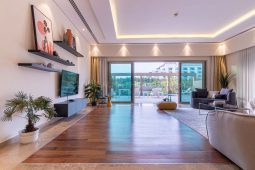The Marylebone Hotel, Marylebone Village, London
The Marylebone Hotel in the heart of London’s chic and somewhat hidden gem of Marylebone Village, is part of the Doyle Collection. So I knew that this four-star boutique-style hotel was bound to feel luxurious. But it didn’t – not immediately. That came later.
The entrance exterior, surrounded by Georgian architecture and flanked by helpful men in bowler hats, has an incongruous 60s/70s vibe. I walked into a minimalist marble reception that had an imposing marble central column, to check in at the minimalist reception desk. The warmth of the reception, though, was anything but minimalist. It was a swift check-in peppered with a really feel-good warm service.
 Turning left at the reception leads to several seating, den-like areas. It seemed to extend for ages with several cosy and inviting spaces to relax. There is a lovely bar too, where on a chilly day, you can choose to sit by a fireplace.
Turning left at the reception leads to several seating, den-like areas. It seemed to extend for ages with several cosy and inviting spaces to relax. There is a lovely bar too, where on a chilly day, you can choose to sit by a fireplace.
Who is The Marylebone Hotel for?
When you need a London base, want to be close to Oxford Street and Bond Street, yet want some peace in a village-style environment such as Marylebone Village offers, the Marylebone Hotel is ideal.
Accommodation
Dark hallways lead to the 249 rooms, which comprise penthouse suites that have terraces as well as five luxury suites. All rooms have a Nespresso machine, a well-stocked minibar, and TV and a marble ensuite bathroom.
I had one of the five 44-square-metre luxury suites – a corner space which meant I could see the boutiques on Marylebone Lane, such as the quirky hat shop at VV Rouleaux, and restaurants. The room had plenty of storage, plenty of hanging space, cupboards and drawers.
The ensuite was stylish in black and white marble with a black sink, light blue bath and drawer panels and a walk-in shower. I appreciated the nini bar, complimentary water and small bottle of fresh milk for my coffee.
Food & Drink
The all-day108 restaurant wraps itself around the hotel with a long verdant terrace with an overhead canopy. Inside it is spacious, it has a bar and various areas.

108 restaurant wraps around The Marylebone Hotel
I enjoyed breakfast in the section called The Salon. It’s a beautiful room with dark wood flooring, burgundy and mustard-coloured upholstered chairs and banquettes, and turquoise-wood panelled walls. All this, along with dimmed lighting and plenty of decorum, makes breakfast a peaceful affair. There’s a buffet and an a la carte menu for a cooked breakfast.

Buffet breakfast at The Salon The Marylebone Hotel
I loved the various cosy areas and the Cocktail Bar with its intimate nooks and seating crannies, soft armchairs, dark wood panelling and highlights of bold colours.
Facilities
There’s a huge modern Third Space gym and a beautiful, heated 59-foot-long swimming pool and an array of fitness classes. Sadly, I didn’t have the time to do more than pop my head in to take a look.
The concierge service is top-notch notch as is the 24-hour room service.
How much
Rooms start at £347 per night.
What’s nearby?
The Marylebone is located in Marylebone “village”, an area that offers an eclectic range of smart designer boutiques and restaurants. On a Sunday, there’s a farmer’s market. Oxford Circus, Bond Street and Regent’s Park are all close enough to get to on foot.
VERDICT: The Marylebone Hotel bends the mind a little, it’s a central London with expectations of busy city life, yet it is located in the almost hidden Marylebone village. Even its architecture tells one story on the approach and unravels into something completely different as you go further into its echelons. Service is spectacular, and the stay is a really great experience.
The post The Marylebone Hotel, Marylebone Village, London appeared first on The Travel Magazine.

